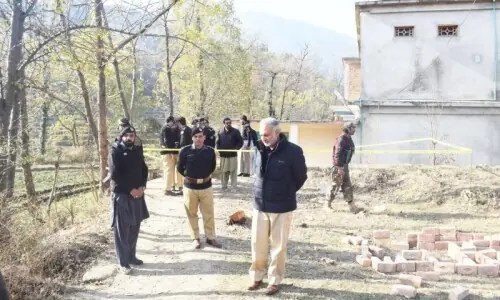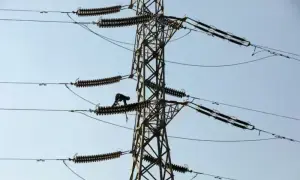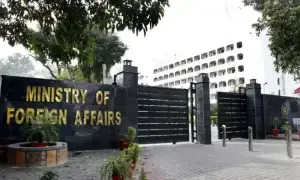ISLAMABAD: The Food and Agriculture Organisation (FAO) has recommended the development of a monitoring system for agricultural advancement and emergency response in case of natural calamities.
The FAO, which is the UN’s agency for food security, has said a system integrating field and remote sensing should be piloted at the provincial level and later expanded nationwide.
The FAO made the recommendation in its report titled “A rapid geospatial flood impact assessment in Pakistan, 2022”.
The recent advances in geospatial and information technologies and updated land cover maps, crop-specific information with tailored field campaigns are expected to better support response programmes, the FAO said.
It will also lead to an improvement in crop monitoring efficiency and cost-effectiveness, according to the report.
The assessment was carried out to underline the impact of floods on agricultural land, crop types and people.
As per the report’s findings, almost 50,000 sq km or 6.3 per cent of the total area was inundated, with almost 38,289 sq km of agriculture area or 16 pc coming under water.
Sugarcane on 1,002 sq km, wheat on 7,611 sq km, cotton on 1,359 sq km and rice on 14,925 sq km have been impacted.
Around 580 sq km of forest area, including trees, natural vegetation and plantation, was inundated.
Almost 20 million people have been exposed to floods, the report said, adding that nine million in Sindh, 850,000 in KP, 750,000 in Balochistan and 9m in Punjab have been affected.
The assessment, conducted for all four provinces, showed Sindh was the most-impacted province in terms of damage extent.
The districts of Kambar Shahdadkot, Badin, Jacobabad, Dadu and Shikarpur were the worst hit in Sindh, while the highest impacted districts in KP were Dera Ismail Khan, Lakki Marwat, Tank, Kohat and Karak. In Balochistan, the worst-hit districts were Jaffarabad, Nasirabad, Jhal Magsi, Sibi and Kachhi (Bolan). In Punjab Rajanpur, Sheikhupura, Dera Ghazi Khan, Sialkot and were the most affected districts.
Published in Dawn, December 20th, 2022

































